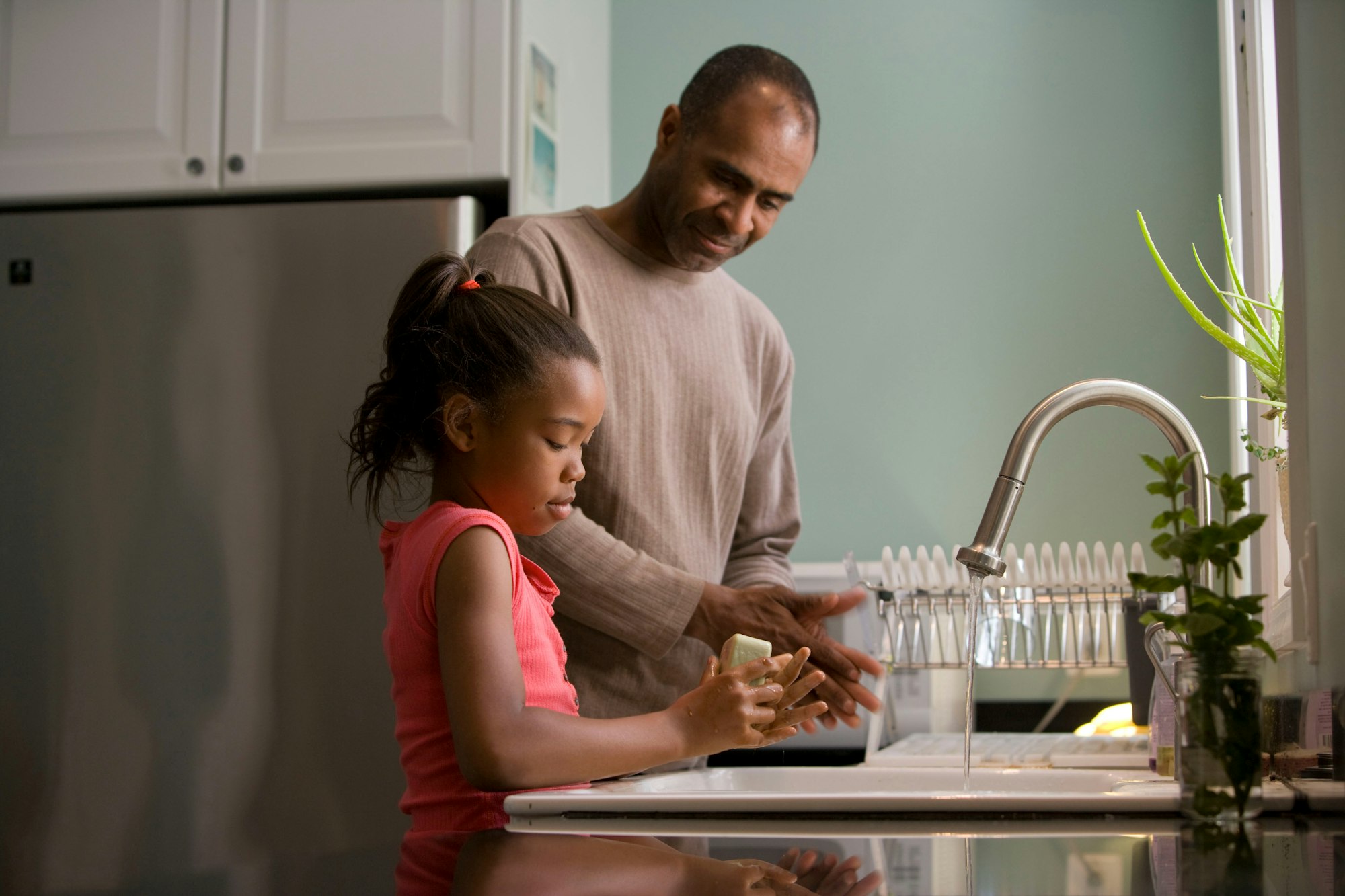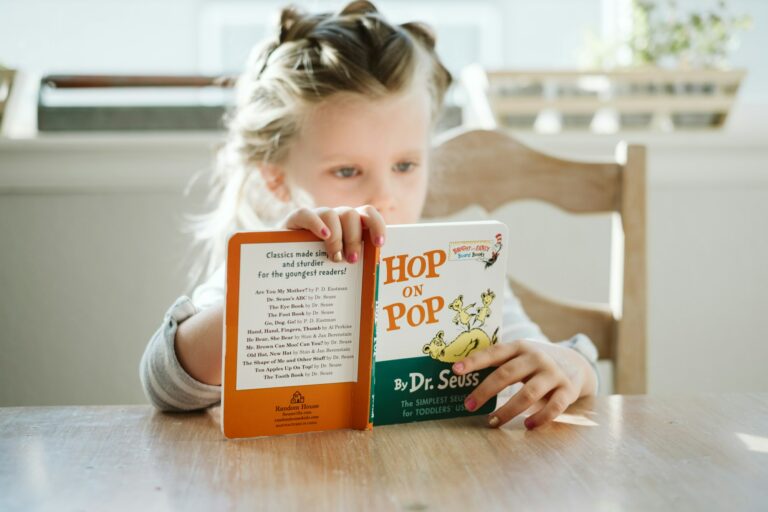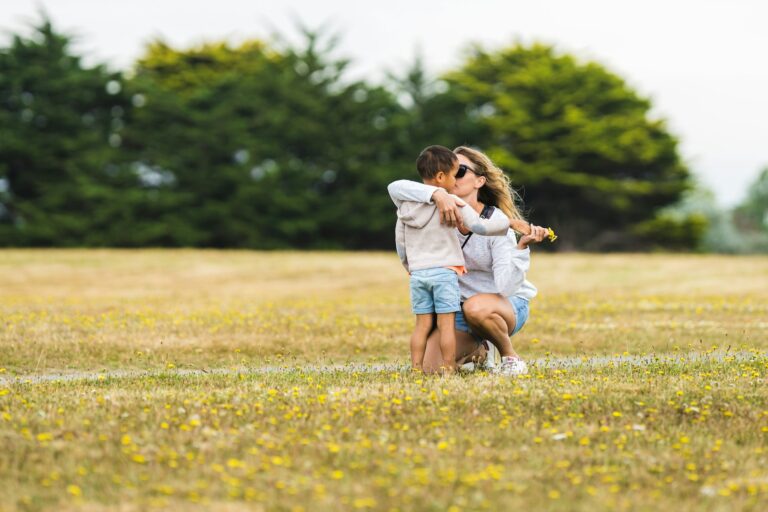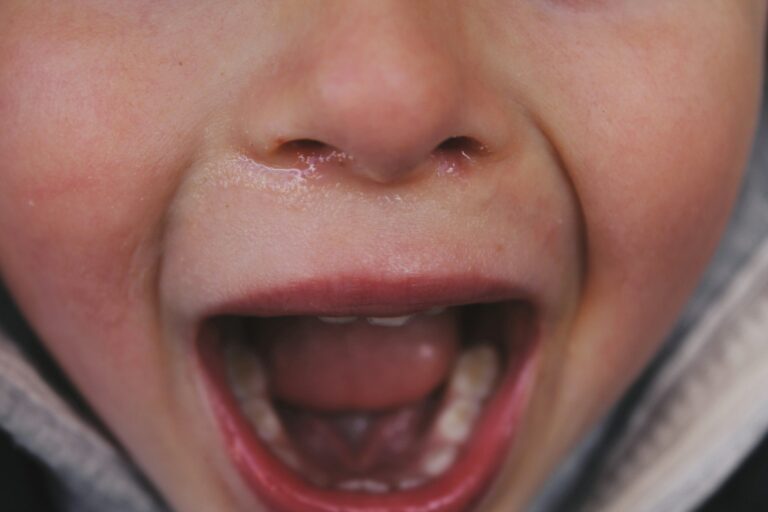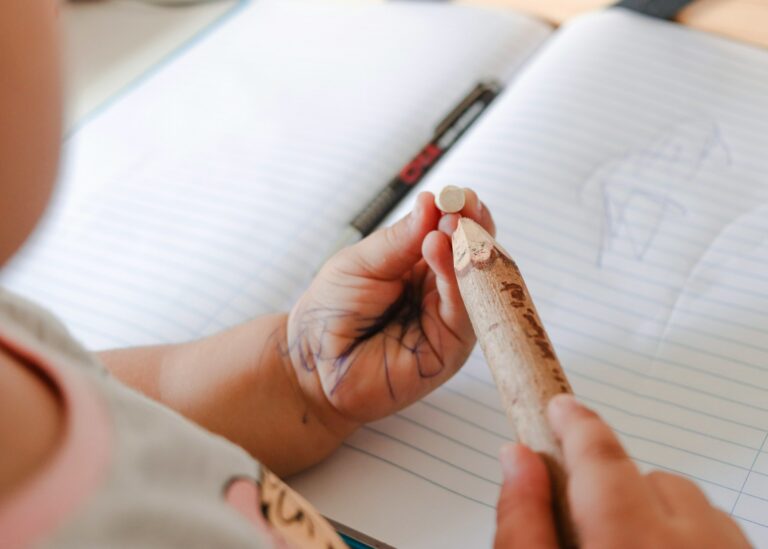When a toddler throws themselves to the ground in a flurry of emotions, when siblings wage a miniature Cold War over the last slice of toast, or when defiant glares replace amicable breakfast chats—do you ever find yourself wishing for a roadmap through these parenting thunderstorms? The questions, the doubts, and the exhaustion—these are familiar terrain for any parent. It is natural to seek methods that nurture healthy, confident, and responsible children, without relying on punishment or constant power struggles. Positive discipline steps into this scene not as another fleeting trend but as a research-backed, deeply empathetic approach. Why is the classic “time-out” or stern lecture falling out of favor, and what are health experts advocating instead? There are practical strategies—kindness with boundaries, empathy without permissiveness, collaboration without chaos—that can shape family life. Let’s unravel the science, the techniques, and the daily practices that bring positive discipline to life, always mindful of each child’s unique rhythm.
What is positive discipline and how is it different?
You might picture discipline as rules carved in stone or as a raised voice echoing from your own childhood. Yet positive discipline is a different animal entirely—a philosophy anchored in empathy, connection, and long-term brain development. Instead of harnessing fear, this approach nurtures self-discipline, autonomy, and mental resilience.
Neuroscience has illuminated the toxic effects of corporal punishment or shaming approaches: elevated cortisol levels, changes to the hypothalamic-pituitary-adrenal (HPA) axis, impaired emotional regulation. In contrast, positive discipline operates through mutual respect, guidance, and natural consequences. The focus is not on control but on strengthening the parent-child relationship and unlocking a child’s intrinsic motivation—that deep internal drive to choose right, even when nobody is watching.
Medical evidence underscores the benefits. Children guided through collaboration and positive reinforcement have shown healthier attachment patterns, lower incidents of anxiety and depression, and enhanced executive function (think of impulse control, problem-solving, working memory—your child’s mental “toolkit” for life). No need for fear-based tactics: modeling respectful communication and encouraging involvement in setting boundaries plants the seeds for future wellbeing.
Why does positive discipline matter—for health and development?
Here’s a sobering statistic: harsh discipline increases the risk of emotional dysregulation, behavioral challenges, and even physical health problems later in life (studies have linked punitive environments to increased cardiovascular risk long-term). So what does positive discipline offer in response?
By prioritizing empathy, positive discipline shields children from the stress responses that underlie toxic shame. Researchers describe an “emotionally safe environment” as a buffer, protecting against externalizing disorders (aggression, defiance) and internalizing ones (anxiety, withdrawal). Children learn to value collaboration, become adept at solving problems, and display greater resilience in the face of setbacks. Educational settings implementing positive discipline see reductions in expulsions, improved peer relationships, and higher academic achievement. Importantly, these effects hold across genders, socioeconomic backgrounds, and neurodevelopmental profiles.
Self-esteem, confidence, and a lasting sense of belonging radiate outward. Parents, too, experience fewer feelings of frustration and more moments of real connection. Isn’t that a picture worth aiming for?
Core principles: empathy, mutual respect, and connection
Mutual respect: the medical and emotional foundation
Mutual respect is neither leniency nor authoritarianism. It is acknowledging a child’s feelings—yes, even when the “big feelings” seem incomprehensible from an adult’s perspective. Pediatric psychology calls this emotional attunement: seeing anger as a signal (“I’m overwhelmed”) rather than a provocation. When you practice active listening, mirror back emotions, and show your child they are “seen,” you build neural pathways for effective stress regulation.
Have you considered asking, “What do you need right now?” instead of “Why are you doing this?” That subtle shift unlocks problem-solving and preserves dignity on both sides.
Connection before correction
“A child’s need for connection is as vital as nutrition or sleep.” Behavioral pediatrics has long confirmed that behavioral outbursts decrease dramatically when children feel emotionally secure. Before addressing a mistake, first inject reassurance—physical closeness, gentle words, or simple eye contact—and then coach your child toward making amends.
This isn’t permissiveness. In fact, research shows that correction delivered from a place of warmth (rather than anger) is met with far less resistance—and fosters healthier development in the amygdala and prefrontal cortex, the brain regions driving self-control and empathy.
Kind but firm: structure with heart
Too soft, and boundaries dissolve into chaos. Too hard, and relationships fracture. Positive discipline often dances on this edge, being both “kind and firm.” Consistency is key. Rules are clear, predictable, and explained (“We speak gently because words can hurt”). Natural consequences follow, but shaming or humiliation are left at the door.
Medical and psychological guidelines caution: avoid phrases that attack a child’s character (“You’re naughty”) and focus instead on the action (“Hitting hurts. Let’s find another way to say you’re angry.”). This simple shift rewires associations in the brain and lays foundations for emotional intelligence—now, and for decades to come.
Encouragement, not empty praise: building intrinsic motivation
Velvet words—“Good job!”—roll off the tongue. But pediatric behavioral science draws a line between praise (“You’re smart!”) and encouragement (“You worked hard at that puzzle!”). Why does this matter?
Encouragement affirms effort and process, which builds neural resilience and autonomy. Over time, children internalize the drive to keep trying—not because they crave approval, but because perseverance feels meaningful. Repeated, superficial praise can erode this inner drive, making children dependent on others’ opinions.
Put simply, encouragement is the sunlight that nourishes the roots of self-worth. Acknowledge progress, not perfection. Notice small acts of kindness. Model “growth mindset” thinking by celebrating effort, not just outcomes.
Teaching responsibility, not enforcing obedience
Children aren’t miniature robots; their brains are still wiring up through childhood and adolescence. How does positive discipline foster real responsibility?
It starts with logical consequences—outcomes that relate directly to an action (a spilled drink means cleaning up, not a lecture). Invite your child to participate in family decision-making. Pediatricians and developmental neuroscientists know that this “democratic” approach builds connections in the orbitofrontal cortex—the part of the brain that weighs options and considers consequences.
Mistakes are viewed not as moral failings but as chances to reflect and repair. Guiding your child to apologise or make amends helps them cultivate accountability and empathy, the cornerstones of healthy adult relationships.
Communicating with clarity and respect
Every child, from the tempestuous toddler to the introspective teen, craves understanding. Health and education experts recommend active listening—kneeling to your child’s eye level, naming the emotion, and resisting the urge to “fix” feelings too quickly.
Let your rules be few, clear, and stated positively (“Shoes off at the door” instead of “Don’t track mud in”). Where possible, involve your child in setting boundaries. This invests them with ownership and increases the likelihood of genuine cooperation. The lesson: when children help design the system, compliance becomes a point of pride rather than a power struggle.
Encounters with conflict or resistance call for calm, not escalation. Respond by inviting conversation: “I see this is hard for you. Let’s find a solution together.” You’re not just diffusing the moment—you’re teaching vital emotional regulation.
Positive discipline in daily life: strategies that work
Clear expectations and predictable boundaries
Imagine a world of shifting rules and ambiguous consequences—upsetting, right? For children, predictability acts as a psychological anchor. Use short, specific reminders (“Gentle hands with your brother, please”) and visualize routines with charts or checklists, especially for younger children and those with neurodevelopmental differences (like ADHD or autism spectrum disorders).
Family meetings aren’t just for grown-ups. Inviting young voices to share grievances, offer solutions, or help co-create rules makes a difference. The collaborative rule-making process fosters not only self-regulation but also a profound sense of inclusion and responsibility.
Consequences that teach, not punish
Here’s the medical nuance: natural consequences provide direct feedback (“If you forget your coat, you’ll be cold at recess”). Logical consequences relate to behavior without shame (“You broke your sister’s toy, so let’s work together to fix it or earn money for a new one”). Both approaches require adult presence—guiding, not berating.
Discipline that humiliates can activate the child’s physiological stress system (the “fight-or-flight” response), actually making learning less likely. Respectful correction, on the other hand, strengthens frontal lobe pathways, supporting learning, memory, and impulse control.
Supporting autonomy and healthy independence
The need for autonomy surges as children grow, and positive discipline meets this need head-on. Offer choices—real, meaningful ones (“Apple or banana with your snack?”). Even reluctant bath-takers may find power in deciding “bubble bath or no bubbles?”
This bolsters a child’s self-efficacy: the belief that they can shape their world. Research identifies this as a protective factor against behavioral issues and anxiety. Guide, but do not micromanage.
Age-appropriate strategies for each developmental stage
Toddlers and preschoolers
Little ones live in the moment. Use clear, simple cues. Redirect rather than lecture (“Blocks are for building, not throwing!”). When meltdowns erupt, stay close but minimize words. Neuroscience shows that presence—even silent—helps the child’s parasympathetic nervous system re-engage, restoring calm.
School-age children
Children six to twelve crave participation. Engage them in household routines, assign chores, and discuss the “why” behind rules. This cultivates executive function and relational skills. Encourage questions, foster debate, and praise thoughtful disagreements. The school years are perfect for responsibility-building.
Teenagers
Adolescents challenge rules not to provoke, but to assert their emerging independence. Offer transparency: explain decisions, hold firm on boundaries, and make space for negotiation where safe. Validate their feelings, hold independence as a goal, and embrace their unique perspectives. Allow natural consequences but stand ready with guidance when required. Ongoing parental warmth, combined with steady authority, yields the best outcomes for teen resilience and emotional health.
Troubleshooting: handling setbacks with empathy and science
Tantrums, power struggles, sibling brawls. Even with the best intentions, storms are inevitable. Positive discipline invites us to see resistance as data—a sign of unmet needs, not a personal failure. Ask: Is your child hungry? Overtired? Overstimulated?
Stay curious. Flexibility is your ally: one child may thrive on detailed explanations, another on visual reminders or ritual. If entrenched difficulties persist—or if neurodevelopmental or mental health concerns arise—consult with a pediatrician, child psychologist, or other qualified professional. Evidence-based support can make all the difference.
Positive discipline in education settings
Teachers wield enormous influence, modeling respectful communication, conflict resolution, and collaboration every day. Positive discipline in schools transforms classrooms into communities, reducing behavioral incidents and fostering a climate of trust and engagement. Tools like classroom meetings, collaborative problem-solving, and student-led rule creation translate empathy into action. Social and emotional learning programs underscore these principles, promoting long-term academic and mental health gains.
Scientific evidence and impact
Randomized controlled trials and meta-analyses cut through wishful thinking. Decades of research show that positive discipline dramatically reduces aggressive, antisocial behaviors and supports emotional growth. Adverse childhood experiences—a risk factor for later mental and physical illness—are less frequent in homes prioritizing connection and respect. Medical journals highlight benefits for both typically developing children and those with special educational needs or traumatic backgrounds.
Families and educators report increased cooperation, deeper relationships, and more frequent moments of joy. The ripple effects extend into adulthood: higher intrinsic motivation, a more secure sense of self, and better stress management. The science is unambiguous.
Key Takeaways
- Positive discipline is anchored in empathy, mutual respect, and science-backed strategies that build self-discipline and resilience.
- Empathetic communication, encouragement over empty praise, and logical consequences are the building blocks of healthy development—for both mental and physical health.
- Clear boundaries, consistent routines, and real choices empower children and foster intrinsic motivation.
- Techniques should be tailored to each child’s development stage and temperament—flexibility, observation, and professional support are vital allies.
- Home and school environments flourish when rules are collaboratively created, emotions are validated, and connection precedes correction.
- Scientific evidence confirms: families practicing positive discipline see stronger relationships, fewer behavioral difficulties, and children poised for lifelong growth.
- Seeking tailored advice, especially when encountering challenges or unique circumstances, can be transformative. Pediatricians, psychologists, and dedicated resources offer valuable guidance.
- For ongoing support, personalized advice, and free child health questionnaires, download the Heloa app—a partner in every stage of parenting.
Questions Parents Ask
What are some practical examples of positive discipline at home?
Positive discipline can take many forms at home to support a harmonious family dynamic. For instance, offering your child manageable choices such as, “Would you like to put your shoes on before or after breakfast?” helps them feel involved and respected. If a boundary is crossed, gentle reminders like, “We use our indoor voice to talk,” can be more effective than raising your own voice. Sometimes, simply acknowledging your child’s feelings—“I see you’re upset, would you like a moment to calm down together?”—offers reassurance while still guiding their behavior. Over time, these small, respectful actions encourage children to cooperate and learn to self-regulate, all within a context of warmth and trust.
Can positive discipline be used with children who have challenging behaviors or special needs?
Absolutely, positive discipline can be adapted to meet the needs of every child, including those with behavioral challenges or specific needs. It may require additional patience and creativity, but the emphasis remains on respect, empathy, and clear communication. For children who benefit from visual cues, using routine charts or picture cards can reinforce expectations. If verbal instructions are overwhelming, breaking them down into short, simple steps helps. When meltdowns occur, staying close and offering comfort—rather than escalating the situation—can help your child feel safe and heard. Remember, every child is unique: don’t hesitate to seek professional advice to find strategies that fit your family’s rhythm and support your child’s development.

